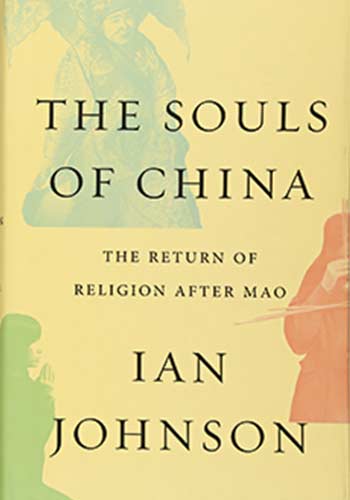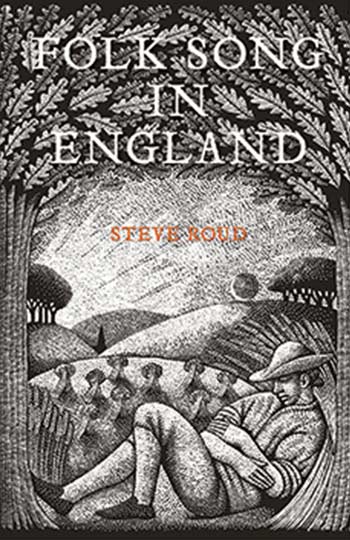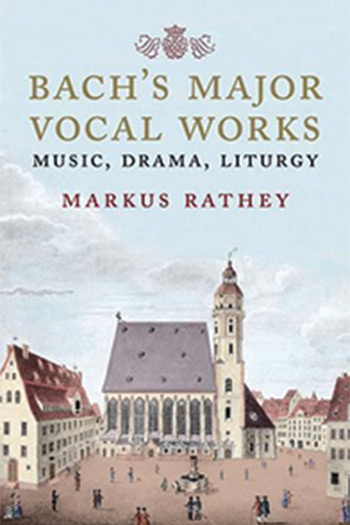Subtotal: $
Checkout-

The Soul of Work
-

Go On, Inner Man
-

Viktor Frankl
-

The Joys of Tech Asceticism
-

Readers Respond: Issue 15
-

Family and Friends
-

How to Homestead a Hermitage
-

Awake the Harp
-

The Ministry of Reconciliation
-

The Immortality Machine
-

The Immortality Delusion
-

Simulating Religion
-

Insight: Finding Someone to Worship
-

The Pencil Box
-

Why Children Need White Space
-

Insight: Friedrich Froebel
-

The Technology of Gender
-

Digging Deeper: Issue 15
-

The Gods of Progress
-

Anabaptist Technology
-

Your Neighbor Lives Next Door
-

Insight: Why I Am Not Going to Buy a Computer
-

The Perfect Tool
-

Endangered Habitat
-

The Pen and the Keyboard
-

Meet a True Story
-

A poem for my son about grace

The Souls of China: The Return of Religion After Mao
Ian Johnson
(Pantheon)
A century of suppression failed to snuff out the faith of the Chinese people. While relatively few profess membership in an organized religion – an unpopular Western concept for many Chinese – religious belief and practice are alive and well. Almost one third of Chinese are religious, with roughly 200 million Buddhists and Daoists, 60 million Protestants, 25 million Muslims, and 10 million Catholics – with another 175 million still following at least some ancient Daoist or folk-religion practices.
Today, this book suggests, the number of faithful is exploding as people look for meaning and a moral compass. “A lot of us aren’t poor anymore, and yet we’re still unhappy. We realize there’s something missing and that’s a spiritual life,” one person tells the author.
Johnson, who has lived in China and studied its religions since the early 1980s, writes compellingly for one so knowledgeable. The book is amazingly personal: it follows families representing each faith through their history and daily life to uncover deeply held values and beliefs.
Mao Zedong’s “Cultural Revolution” crackdown on religion is well known, but the destruction of temples and churches started earlier, with the late emperors and the Nationalists also suppressing traditional Chinese religion in hopes of moving their country into the modern age. Mao sought to replace religion with the cult of Mao. But, as Johnson puts it succinctly, “there was one problem with Mao as a living god: he died.”
Persecution drove faith underground and actually may have served to finally sever the ancient link between state and religion. Now, after three decades of relative openness, the current government may try to rein in this latest spiritual renewal or to coopt it for political purposes – but the tenacity of faith in China over the last decades suggests that such efforts are unlikely to succeed.

Already a subscriber? Sign in
Try 3 months of unlimited access. Start your FREE TRIAL today. Cancel anytime.
Folk Song in England
Steve Roud
(Faber & Faber)
It’s easy to lament the disappearance of old cultural traditions, folk singing among them. As we’ve turned away from the hearth of communal music to our earbuds and personal playlists, are we losing the variegated wealth of folk song and music? In Folk Song in England, Steve Roud asks a different question: Is there even such a thing as a folk song? It’s a question he takes over 700 pages to answer. Well researched enough to satisfy the scholar but lively enough to draw in the general reader, the book traces the genealogy of folk music. When arguing what makes a song a folk song, previous scholars typically focused on provenance. Only songs with histories so long that they disappeared into the mist of a legendary past deserved to make the cut. Roud takes a different tack: What makes a folk song is, essentially, where and how it was sung, and how it was handed down.
Regarding folk song today, Roud allows himself a little optimism. Thanks, in part, to digitization, there is more folk material readily available than ever before. “We may even be approaching a golden age of folk song research,” Roud notes, “if only we have the people to embrace it.” Might we say the same about folk singing? Few may have the time or passion to pick up folk song scholarship, but most of us can pick up a tune.

Already a subscriber? Sign in
Try 3 months of unlimited access. Start your FREE TRIAL today. Cancel anytime.
Bach’s Major Vocal Works: Music, Drama, Liturgy
Markus Rathey
(Yale University Press)
An associate professor at Yale, Rathey has written an accessible guide to six of Bach’s best-known choral works. The book is intended for “music lovers who want to read about a piece before going to a performance or before listening to a recording.” If you haven’t already, you would do well to make the Christmas Oratorio and Saint Matthew’s Passion a regular part of your celebration of these church seasons.
Rathey focuses on a few recurring themes: the life of Jesus as celebrated in the liturgical calendar and, more surprisingly, Bach’s clever use of love duets – a form popular in opera – to illustrate the relationship between Jesus and the believer. Rathey’s insights into the love story between Christ and humanity, as described by early Lutheran theologians such as Johann Arndt, can open a new depth of understanding and appreciation for Bach’s choral music.

Already a subscriber? Sign in
Try 3 months of unlimited access. Start your FREE TRIAL today. Cancel anytime.





































